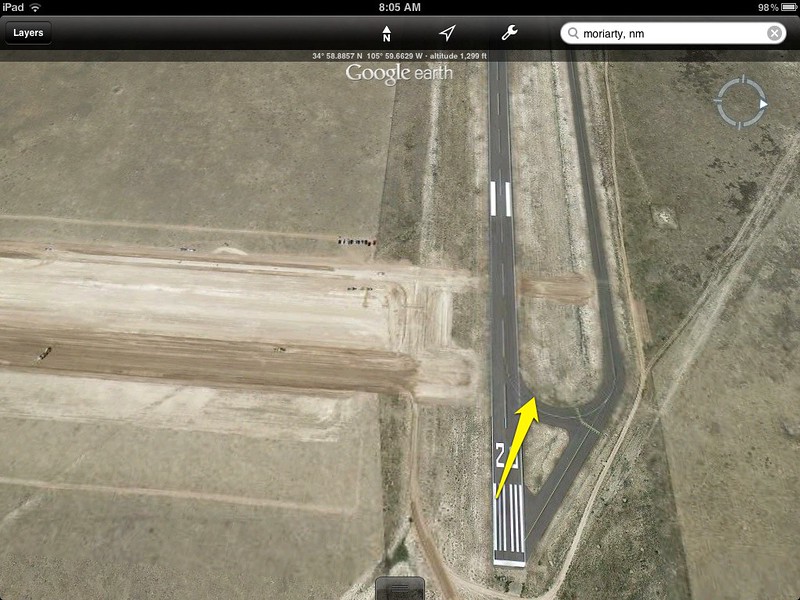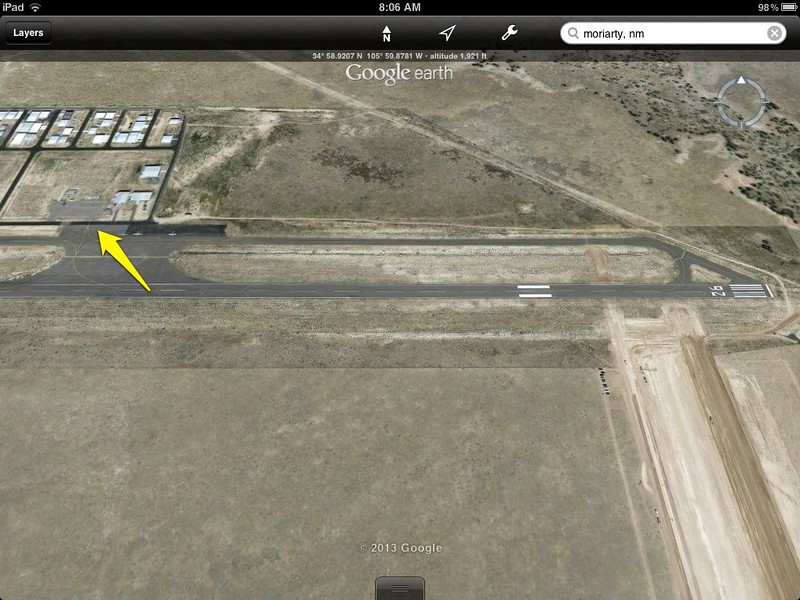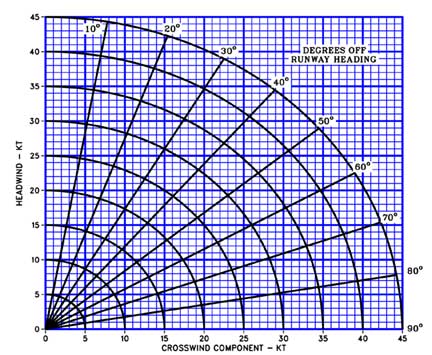orange
Line Up and Wait
I was flying on Saturday and the winds were 22018G21. We were landing on 19, so a 30 degree crosswind from the right @ 18 knots, gusting to 21.
This is the first windy day since I started flying with this CFI (my previous one quit to take an regional airline job). So far, winds have always been under 10 knots, and usually no more than 10, maybe 20 degrees of "crosswind".
So, I'm getting bounced around a little (not too much, but it's pretty windy) in the pattern, and on final I'm being pushed left of centerline. So I started to crab into the win, and he tells me that the nose should always be pointed down the runway centerline. What he doesn't tell me is that to compensate I need to drop the wing into the wind.
My previous CFI taught me to crab for crosswind landings, but this CFI doesn't like it, he prefers aileron into the wind and opposite rudder to keep the nose pointed down centerline. But I have never done it or even been shown it. So miscommunication there. But when we went up, the winds were under 10 knots, then it picked up a lot.
Anyways, my question is whether 30 degree crosswind at 18G21 is considered nothing, moderate, or high cross-wind? I'm in a Cherokee. I kept saying, "the wind is blowing me off center" and he kept saying "what wind? this is nothing".
This is the first windy day since I started flying with this CFI (my previous one quit to take an regional airline job). So far, winds have always been under 10 knots, and usually no more than 10, maybe 20 degrees of "crosswind".
So, I'm getting bounced around a little (not too much, but it's pretty windy) in the pattern, and on final I'm being pushed left of centerline. So I started to crab into the win, and he tells me that the nose should always be pointed down the runway centerline. What he doesn't tell me is that to compensate I need to drop the wing into the wind.
My previous CFI taught me to crab for crosswind landings, but this CFI doesn't like it, he prefers aileron into the wind and opposite rudder to keep the nose pointed down centerline. But I have never done it or even been shown it. So miscommunication there. But when we went up, the winds were under 10 knots, then it picked up a lot.
Anyways, my question is whether 30 degree crosswind at 18G21 is considered nothing, moderate, or high cross-wind? I'm in a Cherokee. I kept saying, "the wind is blowing me off center" and he kept saying "what wind? this is nothing".

 ), but its not much fun.
), but its not much fun.


